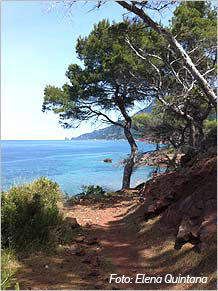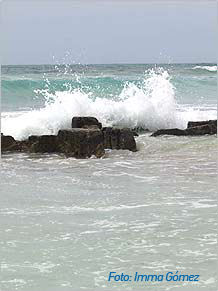Among the most relevant changes that have been produced in the transition from youth to adulthood, we find the lengthening, precariousness, plurality and complexity of trajectories (Bradley, Devadason, 2008).
These trajectories are processes that are increasingly individualised but which, at the same time, are strongly influenced by the political and institutional context, due to the characteristics of the job market, due to the education and training system, due to the family, gender,… In short, the individual construction of transitions is carried out based on less and less standardised biographies, increasingly plural ones, which are constructed based on more complex, unfamiliar processes. education and training system, due to the family, gender,… In short, the individual construction of transitions is carried out based on less and less standardised biographies, increasingly plural ones, which are constructed based on more complex, unfamiliar processes.
Research into this individual construction process, on the basis of the biography of subjects, is one of the fundamental objectives of this project. We aim to go further into the knowledge of the trajectories taken by young people on finishing compulsory education. The first class of boys and girls to finish the LOGSE, once its implementation had became widespread, finished their Compulsory Secondary Education (ESO) in 2000. What situation are they in 10 years on? What trajectories have the taken? What factors explain these trajectories? What are the reasons why young people take certain academic and labour options?
In order to answer these questions, we opted for a mixed methodology. In the first phase, the approach is qualitative. We analyse, based on an in-depth interview, the biographies of a group of young people between 26 and 27 years of age, who, after going through Compulsory Secondary Education, chose different educational options.
 From the results obtained in this first phase, we drew up a questionnaire aimed at a representative sample of young people with the same characteristics as the first group. In this phase, it is the quantitative approach that predominates, as what we aim to find out is the degree to which the different types of trajectories actually occur and the influence of explanatory factors on them. From the results obtained in this first phase, we drew up a questionnaire aimed at a representative sample of young people with the same characteristics as the first group. In this phase, it is the quantitative approach that predominates, as what we aim to find out is the degree to which the different types of trajectories actually occur and the influence of explanatory factors on them.
In accordance with the guidelines of the OECD (OECD, 2000, 2002, 2005) and the European Union (Commission of the European Communities, 2002, European Union Council, 2008a, 2008 b), in the research, special emphasis will be placed on analysing the trajectories of the population with qualifications below post-compulsory secondary education and on proposals for putting into practice public policies aimed at this sector.
References:
Bradley, H. y Devadason, R. (2008). Fractured Transitions: Young Adults Pathways into Contemporary Labour Markets. Sociology, 42, 119-136.
OECD (2000). From Initial Education to Working Life: Making transitions work. Paris: Organization for Economic Co-operation and Development (OECD).
— (2002). Education at a Glance. Paris: Organization for Economic Co-operation and Development (OECD)
— (2005). From Education to Work. A difficult transition for young adults with low levels of education. Paris: Organization for Economic Co-operation and Development (OECD) / The Canadian Policy Research Networks (CPRN).
Comisión de las Comunidades Europeas (2002). Comunicación de la Comisión, de 20 de noviembre de 2002. Puntos de referencia europeos en educación y formación: seguimiento del Consejo Europeo de Lisboa, COM (2002) 629 final - no publicado en el Diario Oficial.
Consejo de la Unión Europea (2004). Educación y formación 2010. Diario Oficial de la Unión Europea, núm. C104 de 30-04-04.
— (2008a). Decisión del Consejo de 15 de julio de 2008 relativa a las orientaciones para las políticas de empleo de los Estados miembros. Diario Oficial de la Unión Europea, núm. L 198/47-54 de 26-07-2008.
— (2008b). Informe conjunto de situación de 2008 del Consejo y de la Comisión sobre la ejecución del programa de trabajo. Educación y Formación 2010 – Facilitar el aprendizaje permanente para fomentar el conocimiento, la creatividad y la innovación (2008/C 86/01). Diario Oficial de la Unión Europea, núm. C 86/1 de 5-04-2008.
ACCESS TO METHODOLOGY...
|
